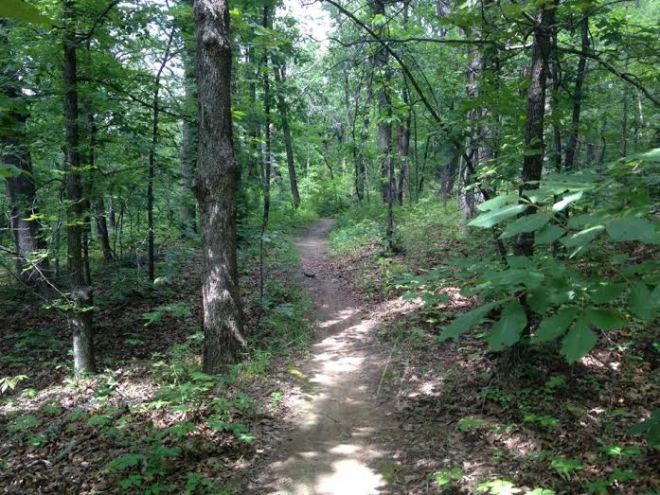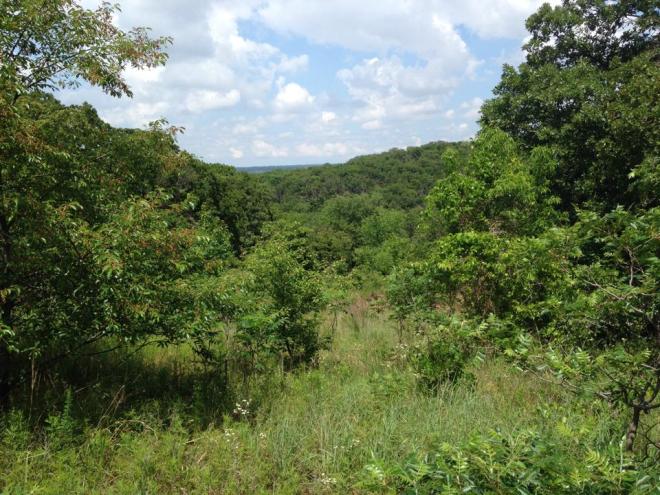
I wasn’t alone on the trails on Christmas Day. This cyclist, a hiker in the background, and scores of others were there, too.
This has been a strange holiday season for me, mostly because I worked through both Christmas and New Year’s. It’s hard to get the holiday spirit when it’s just another workday.
But I did have time on Christmas Day to get on the trails. The weather was sunny and mild, and I had time to kill before my shift started. I figured most people would be at home with relatives, soaking in the holiday largesse, and maybe watching “Elf” or something.
I’d have the trails to myself!
Uh, wrong. I showed up to a mostly full overflow parking lot. People on mountain bikes, couples walking dogs, parents herding children… you get the idea. I’d be sharing the trails that day in a big way.
I dig the solitude of trail running. It’s a stark contrast to my city routes, where I’m dodging people, looking out for cars and otherwise surrounded by all the sights and sounds of a busy urban center. Don’t get me wrong, I like my city runs. But trail runs have their place, too. So, I might have been somewhat put off that my trail miles would have to be shared.
But as I thought about it, I changed my mind. As it turns out, the trail system I visited was working exactly as planned. And that’s a good thing.
When I moved to Tulsa in 2011, I’d heard a little about Turkey Mountain, but didn’t know much about it. I spent the next couple of years exploring its trails, and in terms of health, fitness, friendships and quality of life, I can say that the Turkey Mountain Urban Wilderness changed my life for the better. I’ve been advocating on its behalf for more than five years now.
Why it’s so important to my city has a lot to do with where Tulsa is, the health problems the community has, and the opportunity these trails provide. It’s a sorely needed venue for folks to get active. Oklahoma is smack in the middle of America’s Stroke Alley, so you understand the importance of things that help combat the increasingly sedentary nature of the society we live in.
When you think about it, the folks that set aside this land as a wild space decades ago were visionary. They saw the possibilities of what such a landscape could provide the city, other than being a tract for commercial or residential development. There is plenty of that to go around, but not much in the way of a true natural woodlands that people in the city could enjoy.
What’s encouraging is that many communities across the country are seeing the wisdom in setting aside land for human-powered recreation. I’ve seen it in the Denver metro area, and in a big state park south of Nashville. And so many more places. We need it, and folks are recognizing that fact – and acting on it.
So, what the heck. I didn’t get that solitary trail experience, but I got my run, nonetheless. And a bunch of people were out there with me, enjoying the woods, and getting some fresh air outside. I’ll call it a win.
Bob Doucette
























